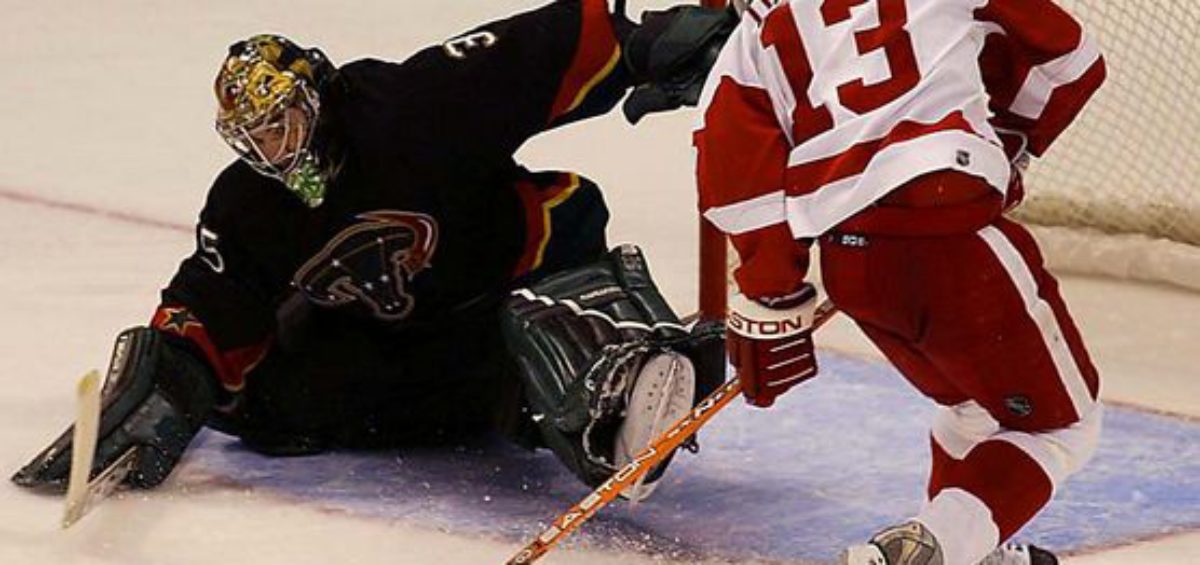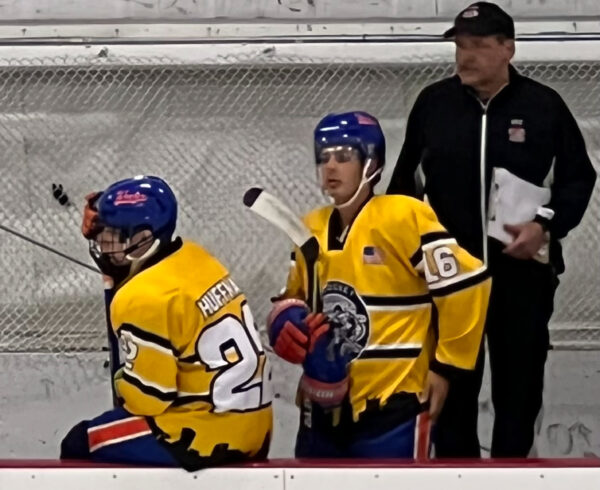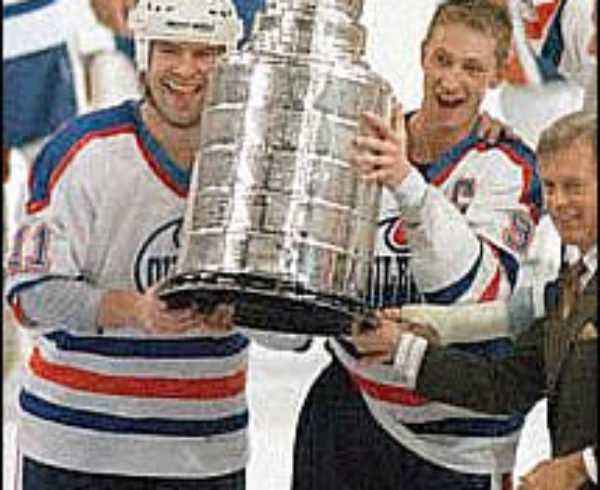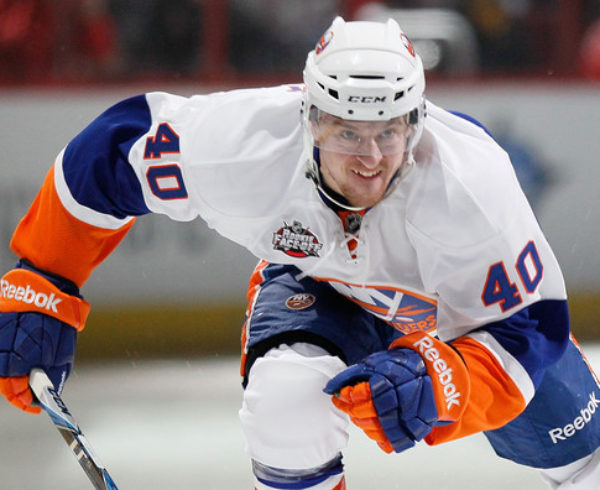
Many parents want the instant gratification of seeing their youth hockey player playing games. They enjoy seeing their player compete, they enjoy the camaraderie with the other parents, and they want to see what they believe to be an immediate return on their investment. However, when squirts, peewees, and lower level bantam players are playing more than forty games in a season, and they are only receiving one practice per week, and many of the practices are half-ice practices (which I have expressed my dismay for half-ice practices in the past, as it just instills bad habits), then their development has most definitely been compromised. To make matters worse, some parents can’t wait to sign up their child for a spring or summer league. Many of these spring and summer leagues are four on four, or three on three hockey that I believe just develops more bad habits in these players. Once the season is over, the youth hockey player should be working on skill development through clinics, schools, stick times, lessons, high intensity practices, inline hockey, shooting and stick handling in the driveway, and the best use of their time – non structured hockey. Allow the youth player to go play pick-up hockey or play pick-up inline hockey where he/she can break out of his or her comfort zone and try out new moves and new decisions with the puck, without the coach or the score keeper keeping score. This is the only way players improve and develop. They should attend a specialized clinic to learn new moves and reactions to new situations and then apply what they have learned in a non structured game of hockey. Not four on four or three on three hockey leagues. These leagues just give the player more time to make more mistakes. They are not realistic game situations and youth players need to improve their skills before they get back into game situations. Why is it that I see that some players are playing at the same level every year? I believe it’s because those players have not been given the opportunity to develop their skills over the spring and summer. So, how do you remedy this? You can take action and map out a plan for your child to maximize his or her development. The plan should include age specific off-ice training, skill development at clinics, schools, and lessons, hockey specific off-ice training, and instead of playing more games in the summer, play another sport perhaps. Players should not be hockey exclusive until they really are at the level of an older midget. An NHL coach and trainer once told me – the older the player gets the more sport specific their training should be. I agree with this philosophy. I believe that when younger players are playing another sport they are improving their overall athleticism that therefore helps them with their hockey ability as well. But, then when a player reaches the level of a midget or older, they should gear their training to their preferred sport. So, once at that age – instead of playing another sport, your player’s time would be better spent doing plyometrics and off-ice training if they are a serious hockey player who wants to make it to the next level. If you want to become a better player, you shouldn’t play the game in the off-season. Instead, you should prepare to play the game! Remember, everyone goes to the games, and everyone goes to the practices. But, it is what you do on your own that will make you the better player!






Leave a Comment